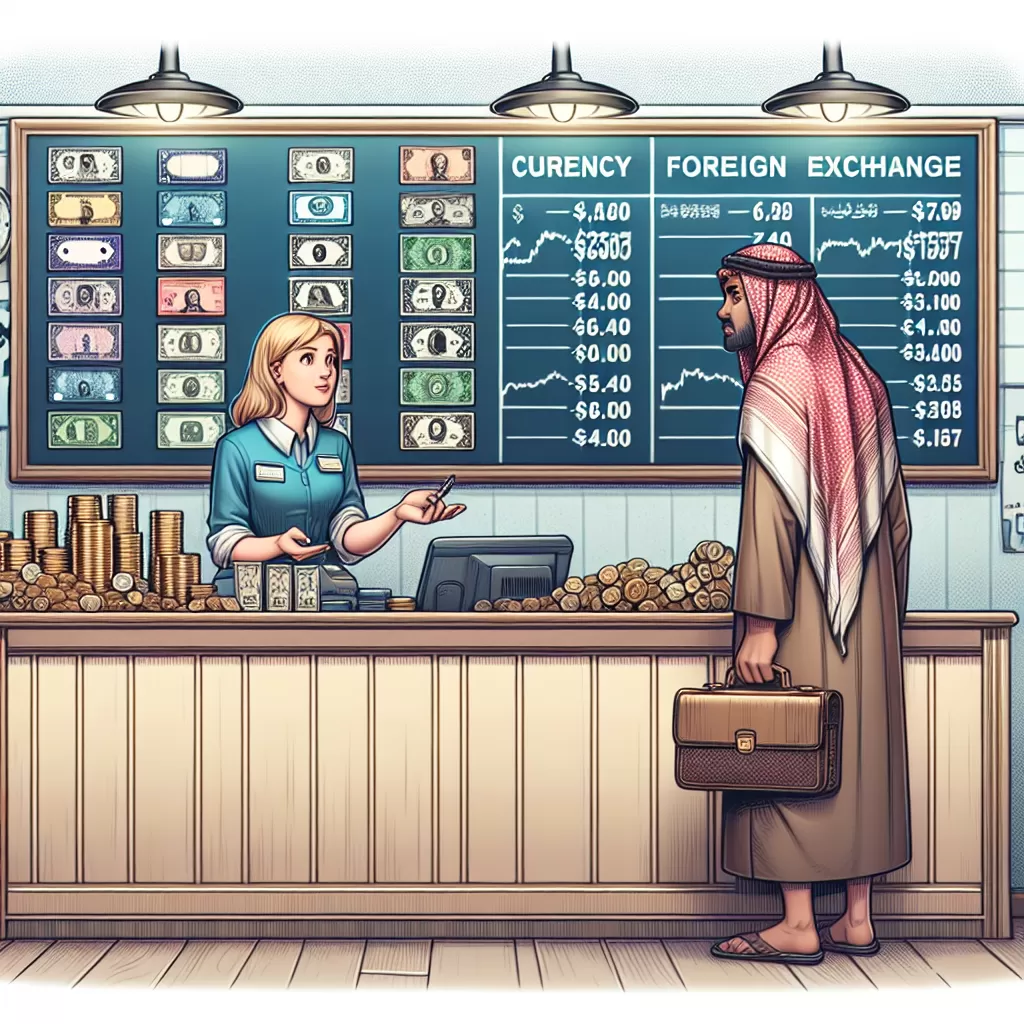How Much Does Foreign Exchange Cost
Follow Currency Mart April 10, 2024
Where to purchase Foreign Currencies?

Introduction
Foreign exchange transactions are a critical part of international trade and travel. The process of converting one currency to another involves various costs such as exchange rates, fees, and commissions. The costs can fluctuate widely based on multiple factors like market conditions, the country you're exchanging in, and the service provider. This article shall provide a detailed analysis of the costs associated to foreign exchange and tips to minimize these expenses.Exchange Rates
The exchange rate is the value of one currency compared to another currency. Essentially, it determines how much it will cost to trade one currency for another. Exchange rates are influenced by multiple economic factors such as interest rates, inflation, and geopolitical events. The rates change on a real-time basis due to the volatile foreign exchange market.Interbank Rates
The interbank rate or the bank-to-bank rate is the rate that banks trade currencies with each other. These rates are typically the best available rates, however, they are often not offered to customers.Retail Exchange Rates
Retail exchange rates are the rates offered to the public by banks or foreign exchange service providers like Currency Fair, Western Union, etc. They are typically marked up by providers from the interbank rate to cover their operational cost and to make a profit. The markup can range from 1% to 6% or more.Foreign Exchange Fees
Apart from the exchange rates, fees such as commission and transaction charges are also included in the cost of foreign exchange transactions. The commission can range from 0.5% to 3% of the total transaction value. Transaction charges are fixed fees for every foreign exchange transaction.Dynamic Currency Conversion (DCC) Fees
Dynamic Currency Conversion is a service offered by banks and card networks that allows international travelers to pay in their home currency instead of the local currency. While DCC may provide convenience, this service typically comes with a fee of up to 5% of the transaction value.ATM Withdrawal Fees
Withdrawing foreign currency from an ATM abroad usually involves two costs; a conversion fee and an ATM fee. The conversion fee is a specific rate charged by your bank for converting your home currency to the foreign currency, and the ATM fee is charged by the ATM's local bank.Hidden Costs
While exchange rates and fees are the most obvious foreign exchange costs, there are some hidden costs to consider too. For example, some exchange service providers may have higher fees for less popular currencies, and some online platforms may charge a shipping fee for mailing you the physical currency.How to Reduce Foreign Exchange Costs
The key to reducing foreign exchange costs is vigilance. Always compare the total cost of each method before making an exchange, try to avoid DCC, and use local ATMs sparingly. Additionally, it is often cheaper to trade larger amounts as the fees and commissions tend to be lower on a percentage basis.Conclusion
Foreign exchange can seem complex but understanding what drives costs can help you make more informed decisions, saving you money during international trade or travel. With a little due diligence and awareness of potential costs, you can reduce the impact on your wallet while journeying the global financial landscape. The above information provides a holistic view of the costs associated with foreign exchange transactions, shedding light on the complexity of this financial activity. It serves as a guide to navigate the expatriate economic scene, whether you're a global trader or a traveler. Knowledge of these details facilitates smarter financial decisions, ultimately influencing the cost-effectiveness of your foreign exchange transactions.
Where to purchase Foreign Currencies?